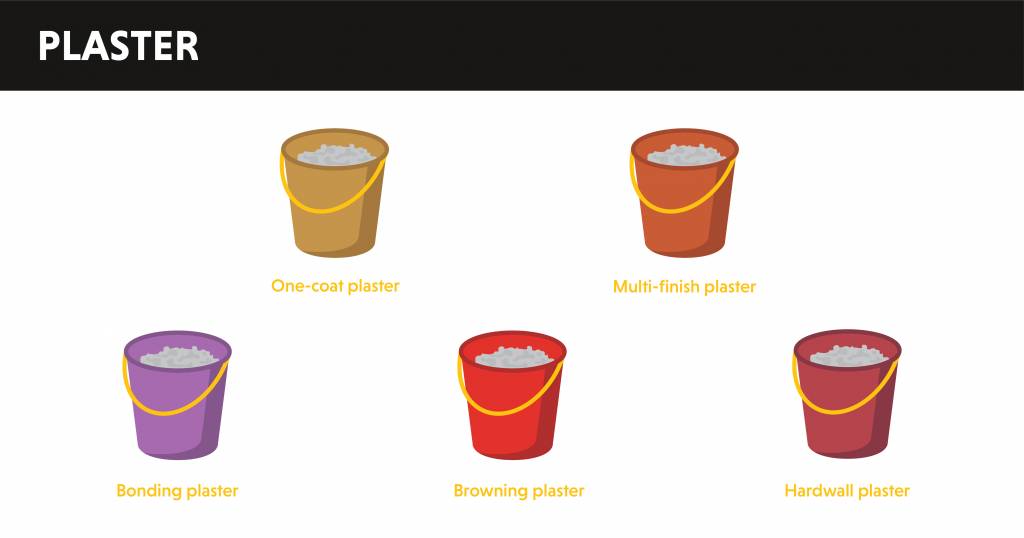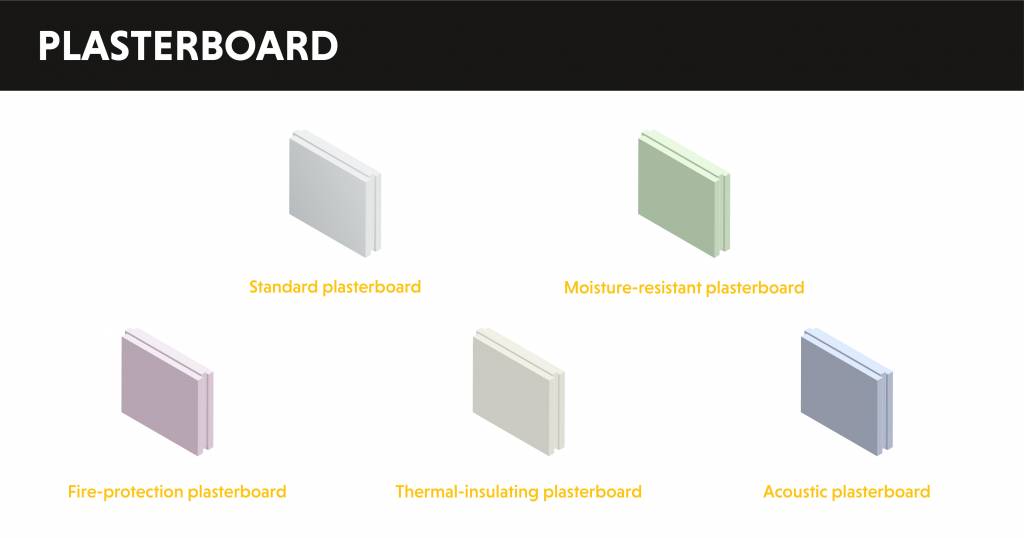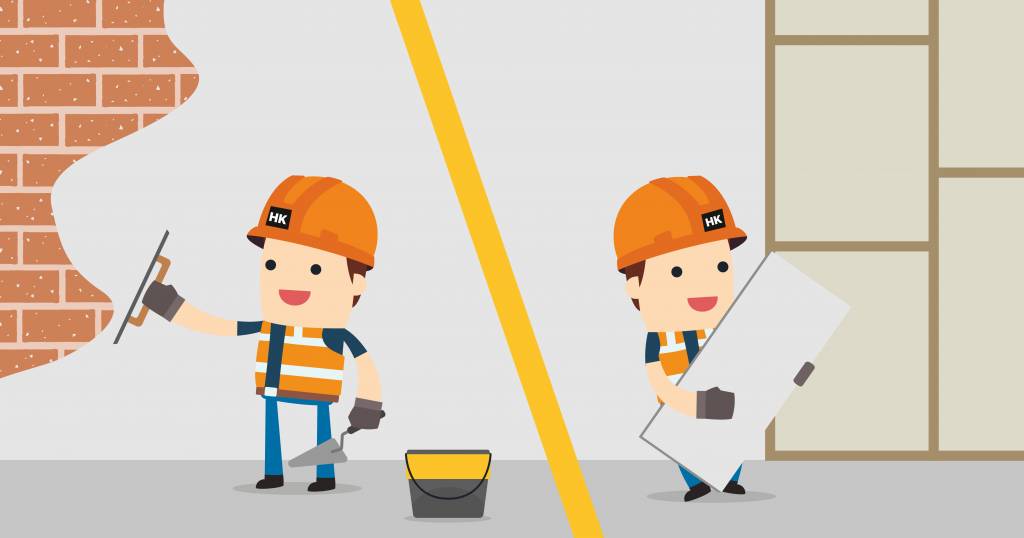A Guide to Plaster and Plasterboard
Plaster or plasterboard? It’s the age-old question that has plagued man for centuries (okay, since plasterboard was first introduced in 1916).
The truth is that both plaster and plasterboard have their advantages and disadvantages. If you’re attempting some DIY work on your home, you’ll want to make sure you’re using the most suitable material for the job. In this article, we take a deep dive into both plaster and plasterboard. We detail the different types of each material and look at their pros and cons. Plus, we answer all of your burning questions.

Plaster
One-coat plaster
As the name suggests, one-coat plaster serves as a base coat and a finish in just one coat. This makes it ideal for inexperienced DIYers needing a quick fix. One-coat plaster is great for patching up walls.
Multi-finish plaster
Multi-finish plaster provides a smooth finish on a variety of surfaces. With a drying time of just one and a half hours, multi-finish plaster is a great choice for those on a tight schedule.
Bonding plaster
Bonding plaster is easy to apply and can be used for walls and ceilings with a smooth finish, or as a base coat on surfaces. It is ideal for inexperienced DIYers undertaking a simple application.
Browning plaster
Browning plaster is best used on absorbent surfaces such as common bricks.
Hardwall plaster
As the name suggests, hardwall plaster is a heavy duty and durable plaster that produces a hard wall. Hardwall plaster dries quickly and is easy to apply.

Plasterboard
Standard plasterboard
Perfect for general use, standard plasterboard can be used in areas where average fire resistance and structural regulations are required.
Moisture-resistant plasterboard
Moisture-resistant plasterboard has been specifically designed for use in damp areas such as kitchens and bathrooms.
Fire-protection plasterboard
Fire-protection plasterboard is produced to provide reliable fire resistance and is ideal for ensuring areas adhere to fire regulations.
Thermal-insulating plasterboard
Thermal-insulating plasterboard provides warmth and ventilation to properties, helping to reduce energy costs.
Acoustic plasterboard
Acoustic plasterboard provides sound insulation, ideal for soundproofing floors, walls and ceilings.

Pros and cons of plaster and plasterboard
Plaster and plasterboard both have pros and cons that make each suitable and unsuitable for different applications. Discover the advantages and disadvantages of each material to find out which one is right for you.
Plaster pros:
- Provides a smooth and durable finish
- Any area can be plastered, irrespective of the size or shape
- Creates an excellent seal and is more airtight than plasterboard
Plaster cons:
- Less simple to apply than plasterboard
- Can take a while to dry
- Can lead to uneven walls if the user is inexperienced
Plasterboard pros:
- Easy to apply due to being pre-made boards
- Little to no risk of cracking
- Provides a smooth surface with no wet materials required and no drying times
Plasterboard cons:
- Unsuitable for areas with unique sizes or shapes
- May take longer to apply if it is needed to be cut to suit certain shapes
FAQs
Is plasterboard better than plaster?
Plasterboard is the more convenient of the two, but builders tend to prefer plaster because it can be used for a room of any shape or size. If you feel more confident with your DIY skills and need to plaster unorthodox areas of the home, we would recommend plaster. However, if you’re an inexperienced DIYer looking to tackle a relatively simple application, plasterboard may be the more suitable choice.
What does wet plaster look like?
Wet plaster is much darker than dry plaster, with hints of brown, red or dark pink. Conversely, dry plaster is usually a light creamy pink.
Can I paint straight onto plasterboard?
Yes, you can paint straight onto plasterboard. Just ensure that the joints and fixing holes are filled correctly and that you also seal the surface correctly to ensure a good bond.
Do you need to plaster over plasterboard?
It is not necessary to plaster over your plasterboard. However, skimming your plasterboard (that is, plaster with a thin coat) will often leave a superior finish.
Whether you opt for plaster or plasterboard for your DIY project, you’ll want to make sure you get the right amount, on time and from a reputable merchant. That’s where we step in. Hitchcock & King are London’s leading builders merchants.
We supply a range of building equipment and materials for domestic and commercial use across London. If you need plaster or plasterboards, our team will get it to you fast. We’ll deliver your items the day after you order, or even the very same day if you order early morning. Alternatively, you can collect from your local London branch.
Contact our team today to place your order.
